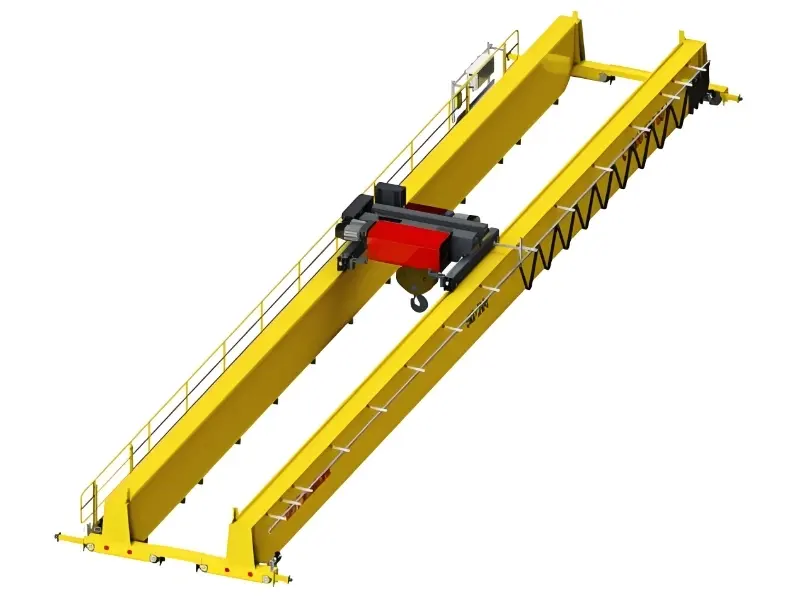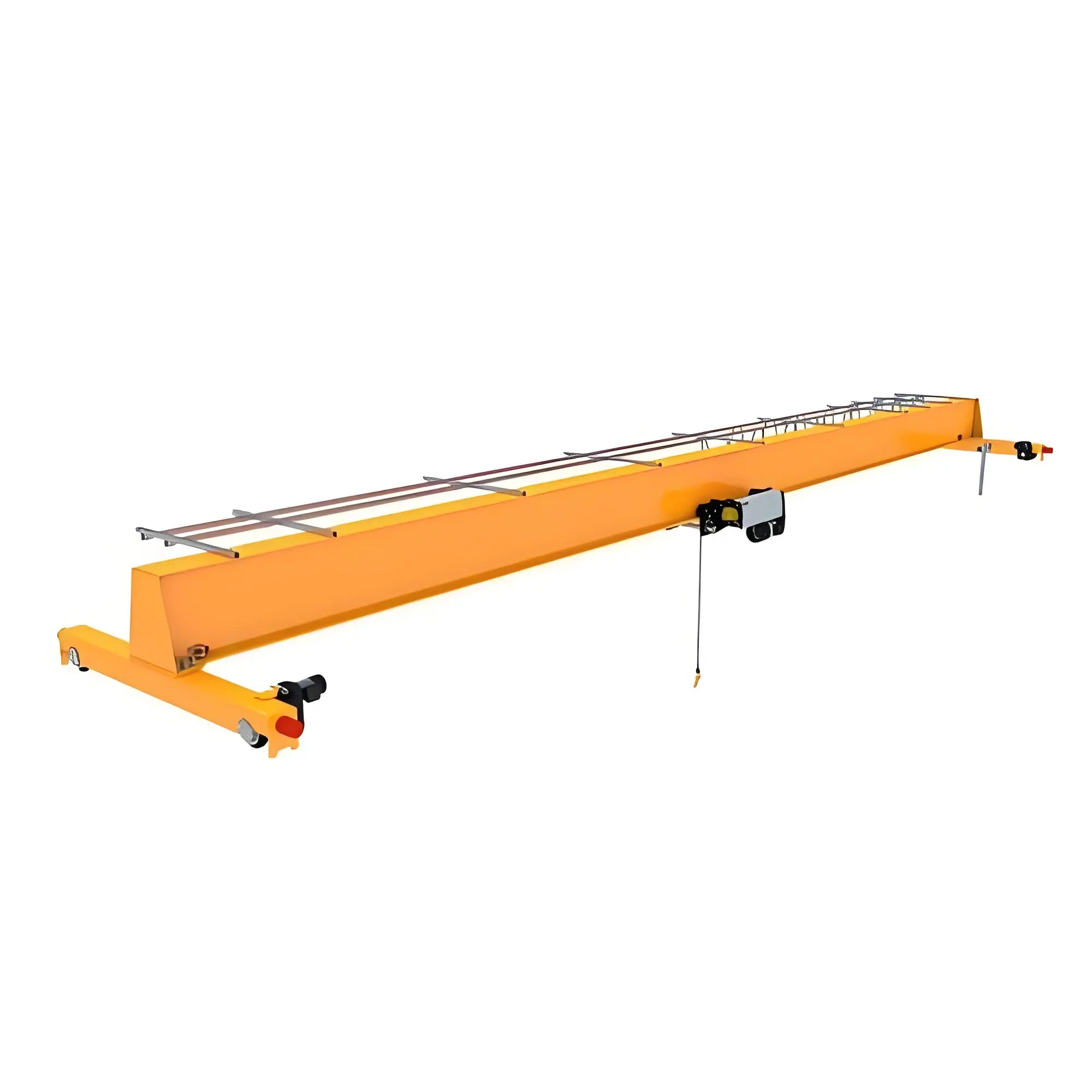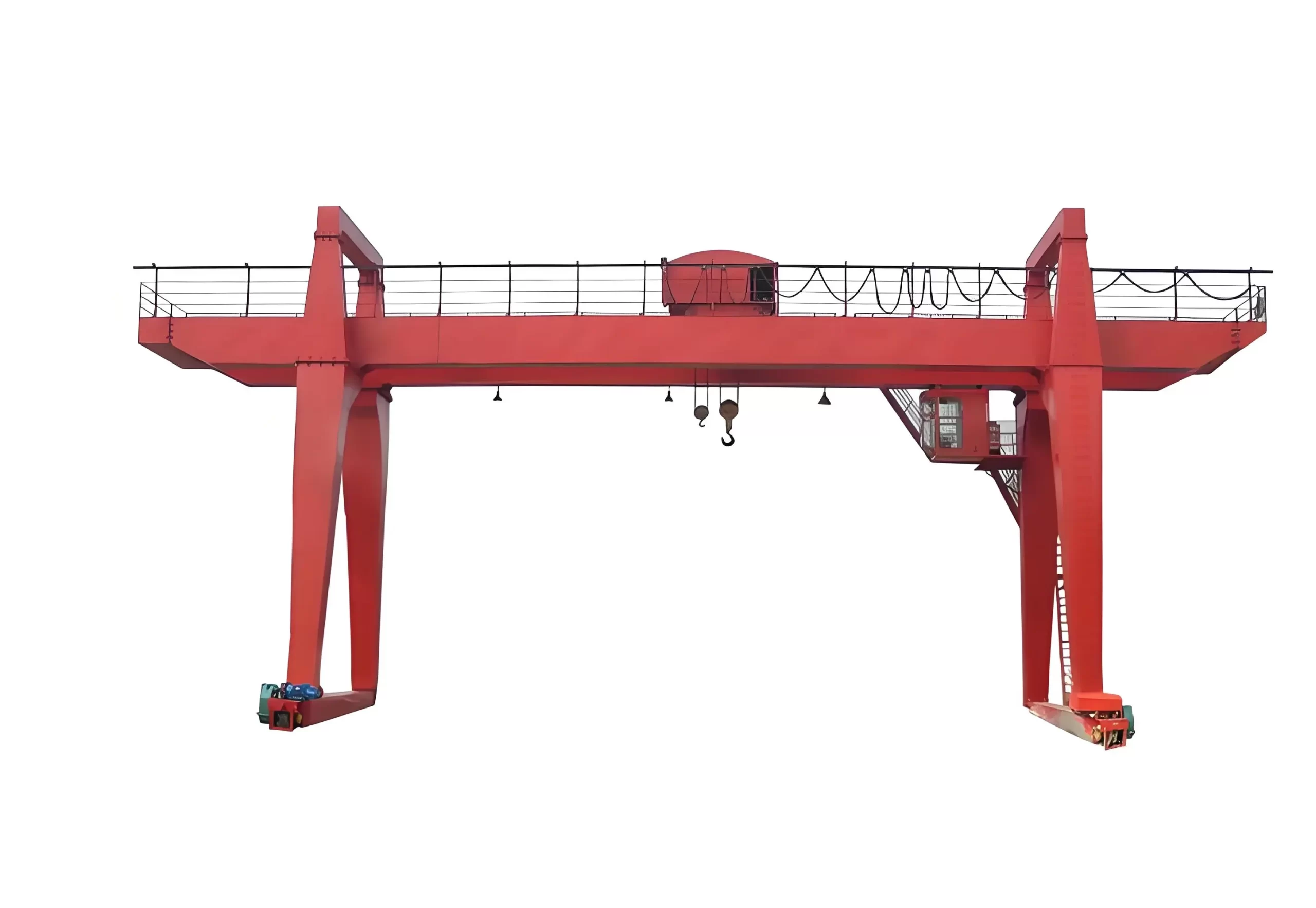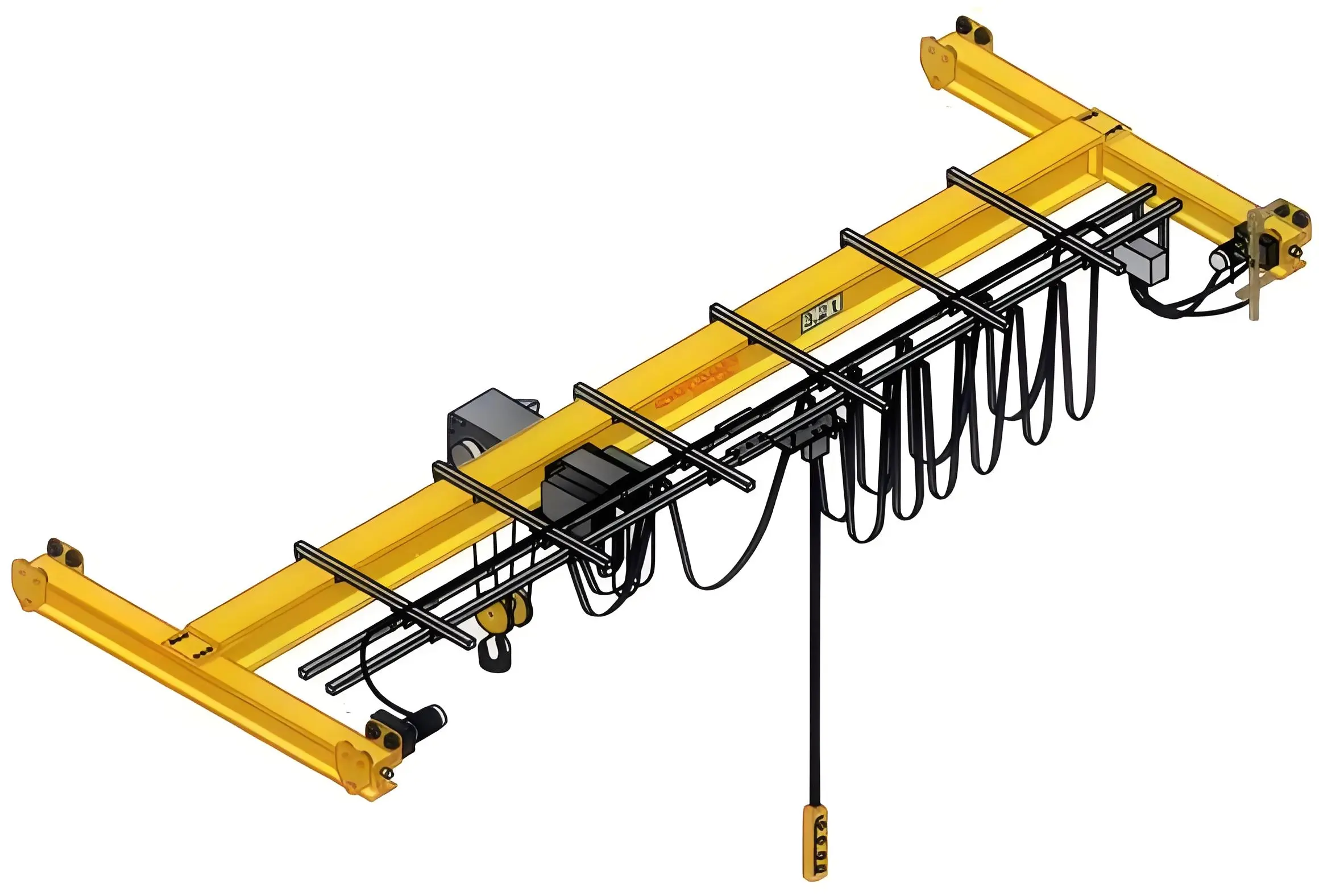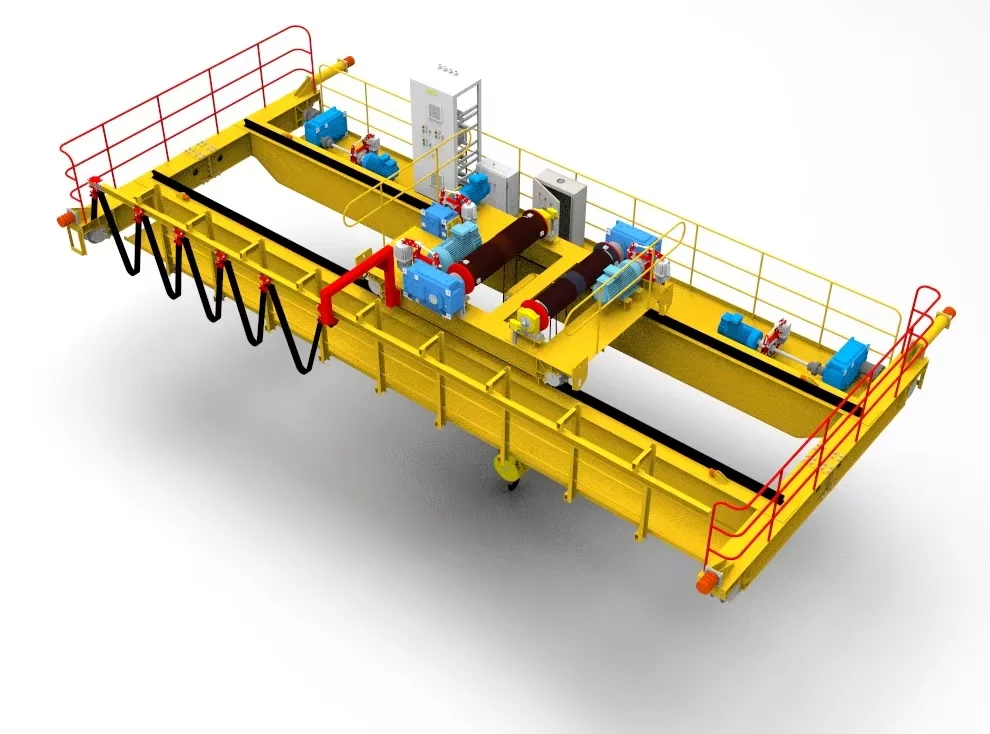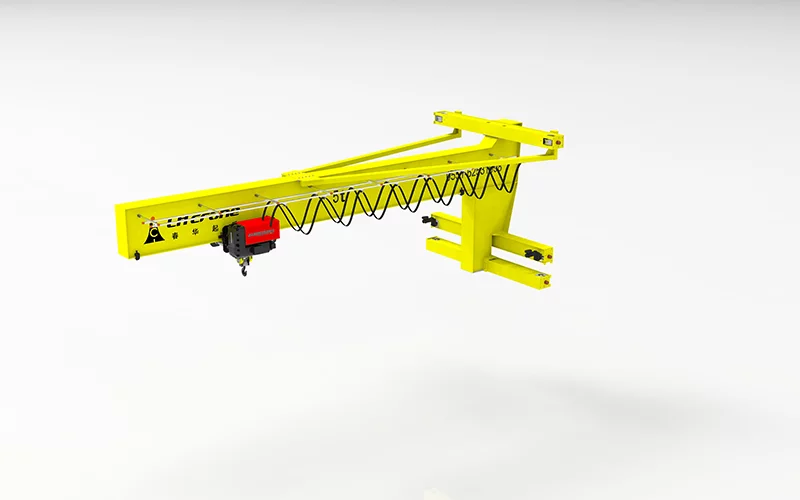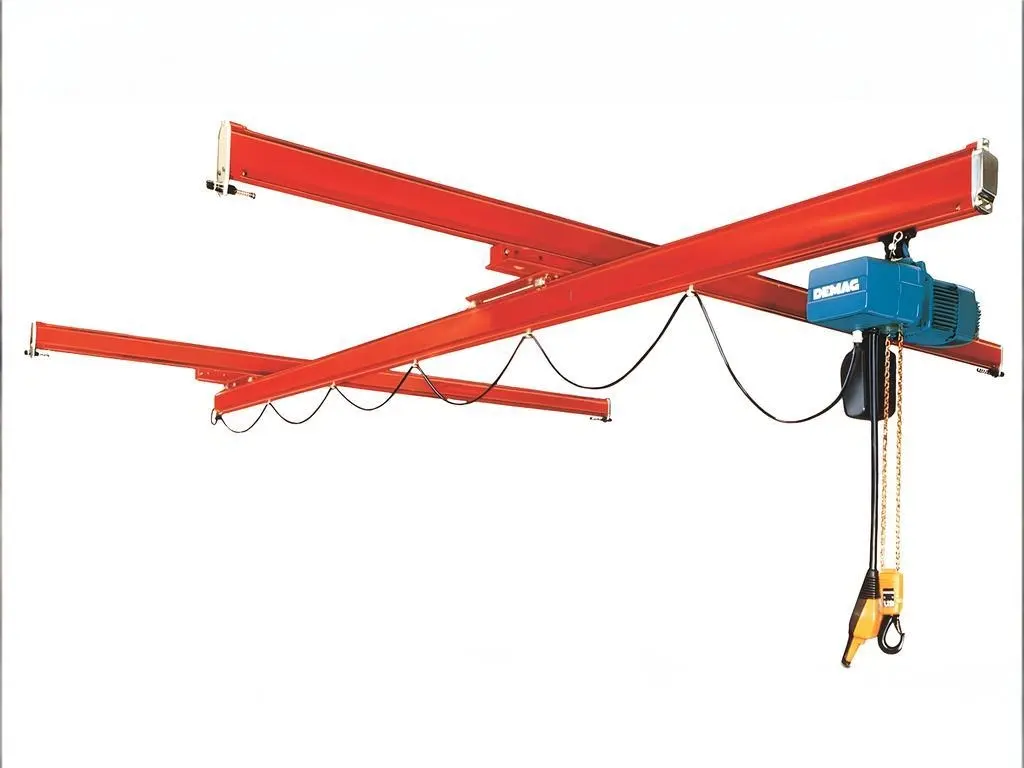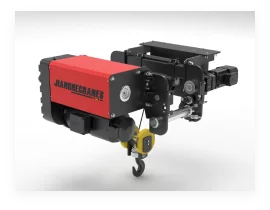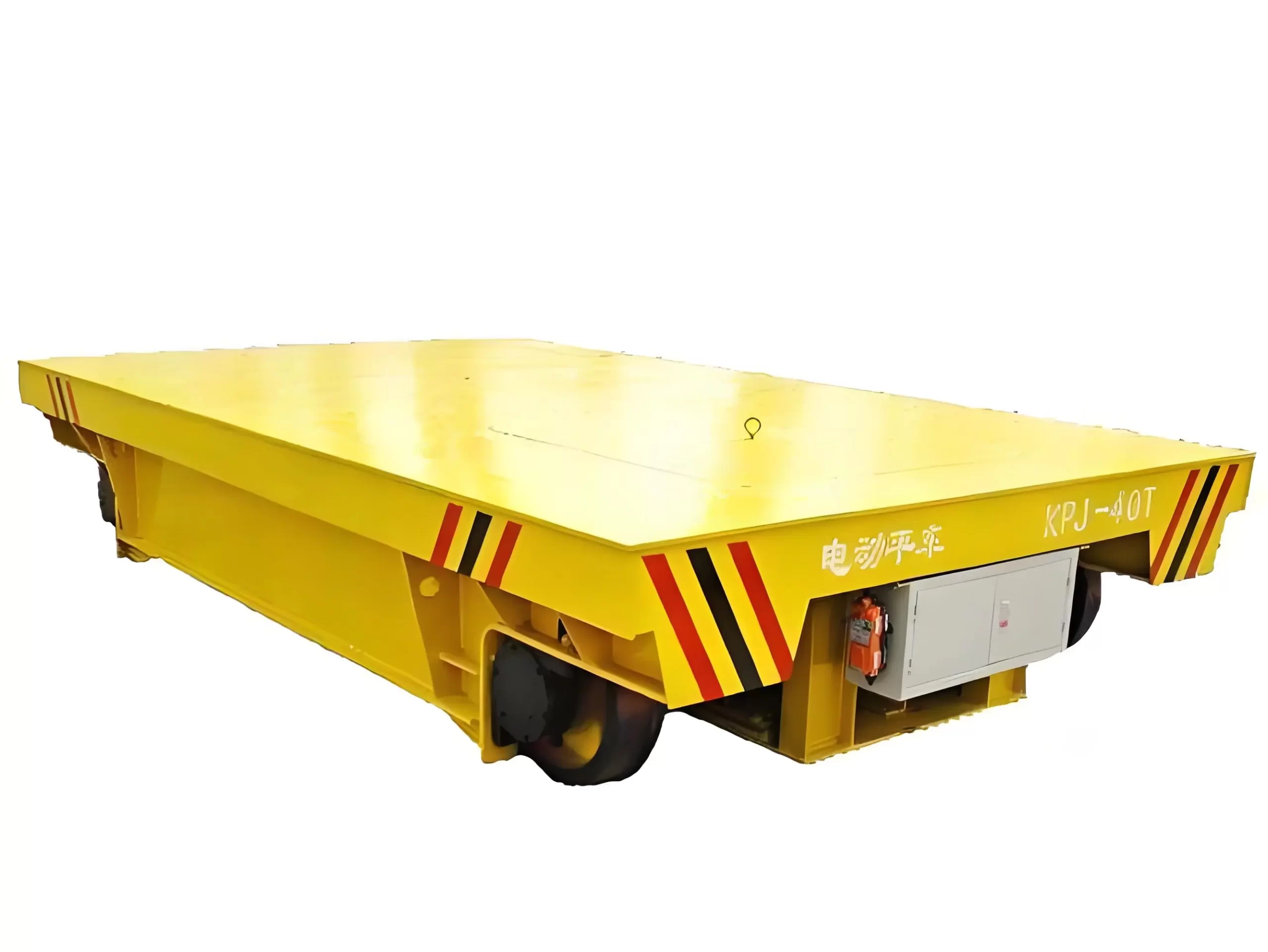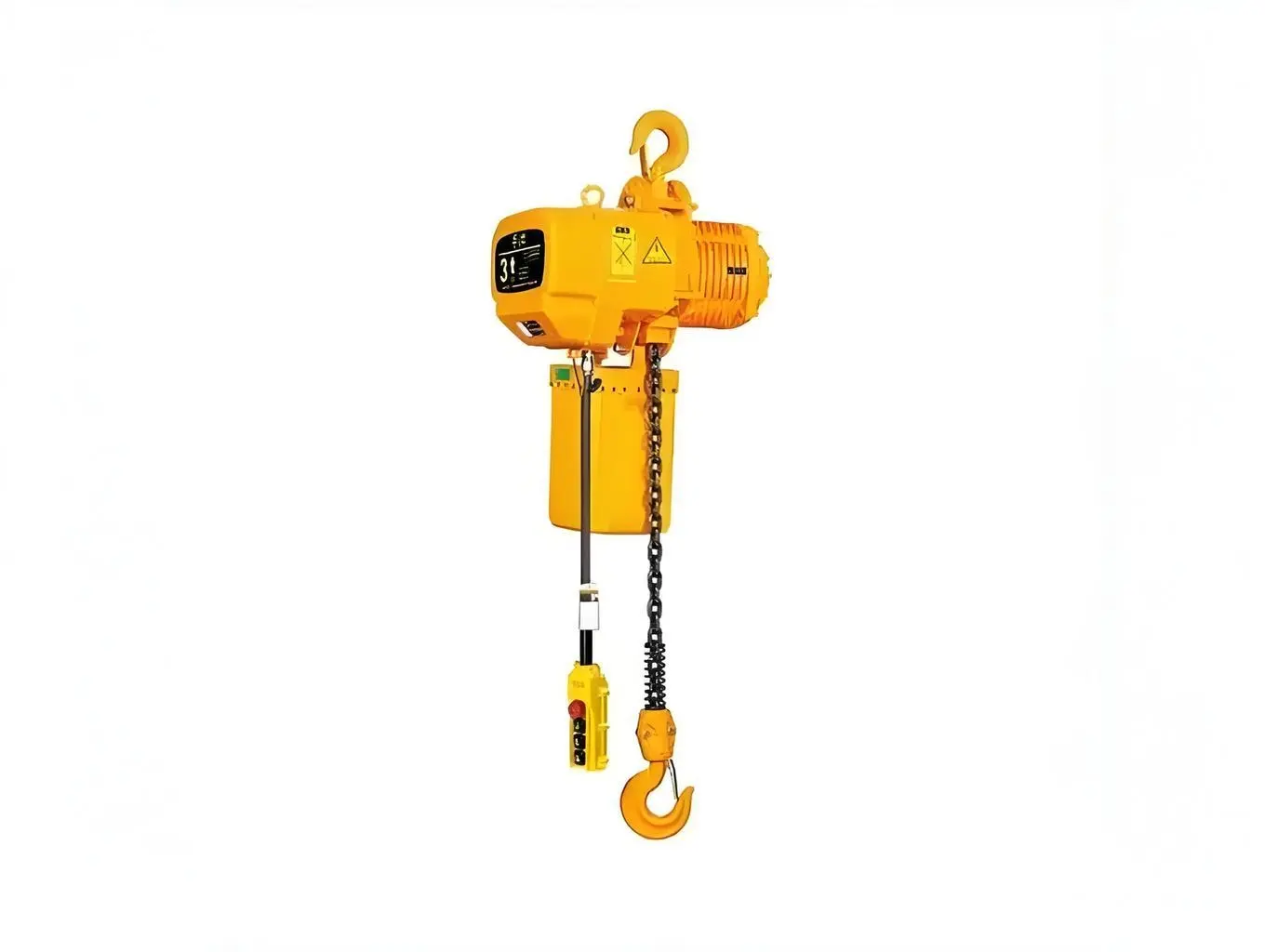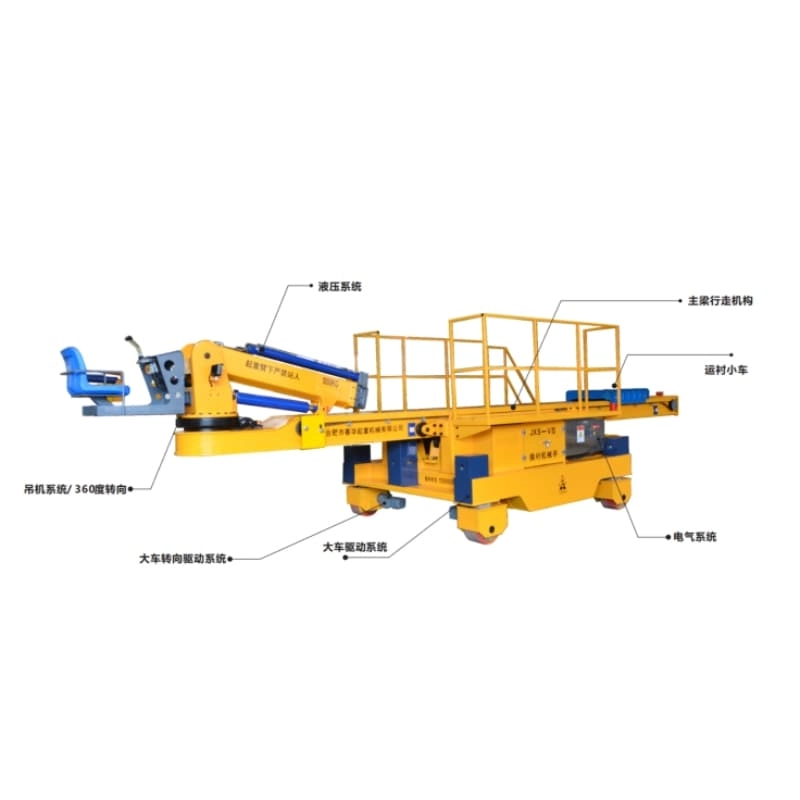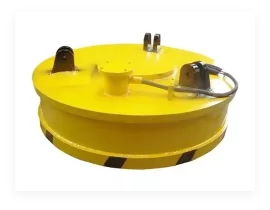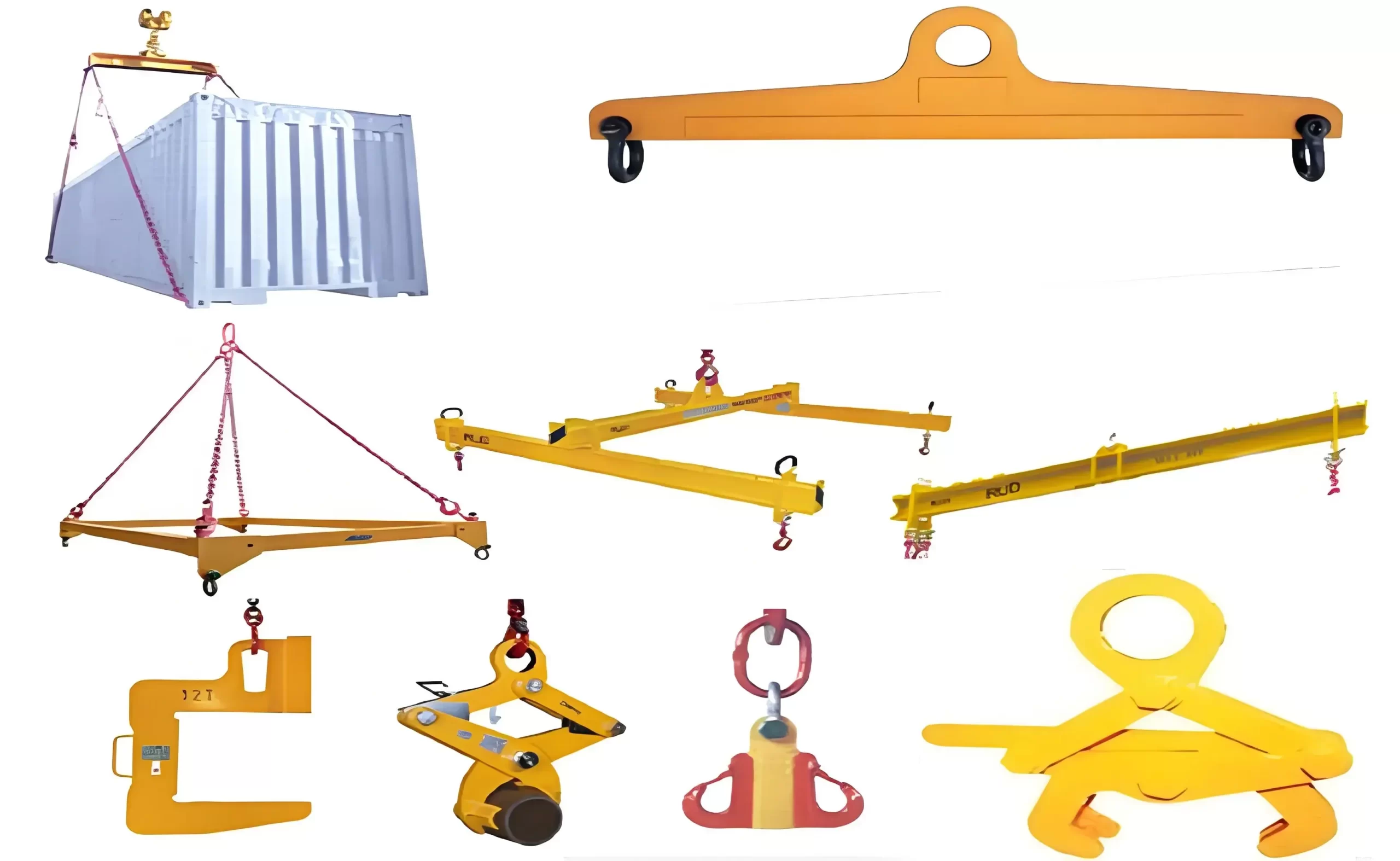The load capacity and stability of a suspension crane are two important factors in its design and use, which directly affect the safety and efficiency of operation.
Load capacity:
Design load capacity: The load capacity of a flexible suspension crane is usually determined by its structure and the materials used. Its design load capacity can range from a few tons to tens of tons, depending on the model of the crane, the manufacturer and the requirements of the working environment.
Influence of working conditions: The load capacity of a crane may be affected by working conditions, such as temperature, humidity, wind and other factors. In special environments (such as extreme weather or complex terrain), the load capacity may need to be appropriately reduced.
Working radius: The load capacity of a suspension crane is related to its working radius. Generally, the load capacity of a crane decreases as the arm length increases. When lifting heavier objects, the operator needs to consider the relationship between the crane's arm length and the load to ensure safe operation.
Stability:
Stability of the suspension system: High-stability high-suspension cranes rely on suspension systems (such as tracks or slings) to maintain stability. The design of the track, the quality of installation, and the firmness of the suspension device are crucial to the stability of the crane. If the suspension system is defective or damaged, it may affect the stability of the crane, posing a safety hazard.
Load balance: The stability of the crane is also affected by the balance of the load. If the load is uneven or deviates from the center of the crane, it may cause instability or tilting. During the lifting process, it is necessary to ensure that the load is correctly positioned and balanced.
Crosswind resistance: In outdoor environments, wind has a greater impact on the stability of suspension cranes. Especially when the crane has a long boom, crosswinds may cause the crane to lose balance. Pay special attention to wind speed and direction, and try to avoid operating in strong winds.
Maintenance and inspection: Regular inspection and maintenance of the suspension device, control system and mechanical parts of the aerial work suspension crane can ensure its long-term stable operation. Timely replacement of worn parts and inspection of the flatness and cleanliness of the track will help improve the stability of the crane.
You can choose a suitable suspension crane according to work needs, environmental conditions and safety requirements, taking into account its load capacity and stability.

